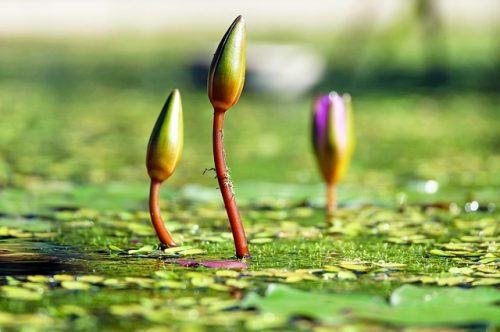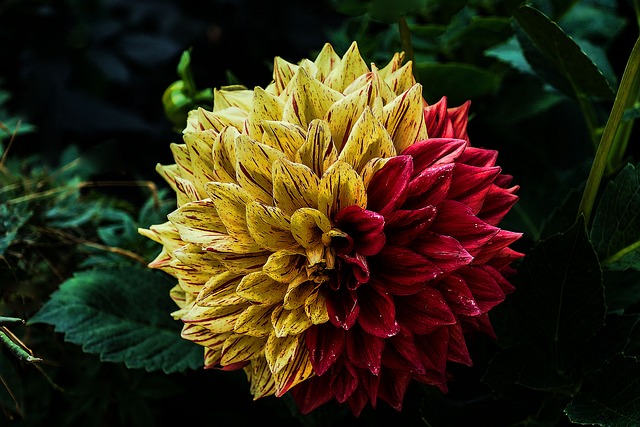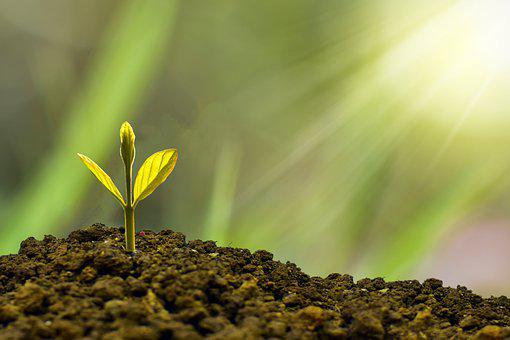What Is Plant Grafting And What Is Its Basic Method?
Grafting is an agricultural practice of creating unique plant species by using two different but closely related species of plants by artificial means. For this purpose, the rootstock of one plant and the scion of a second plant is used and they are kept in close contact to ensure nutrient exchange is not disrupted and that the plant does not die off due to lack of nutrient exchange between the two portions until it heals naturally. This joining of rootstock and scion is termed as a ‘union’. This union must be protected against infections and drying out by sealing it using artificial means such as grafting tape. The rootstock is usually derived from the first selected plant by cutting a part of the root and the scion is derived from either the shoot, stem or branch of the second plant of choice. Therefore, after healing, the rootstock develops into the root system of the newly formed plant species and the scion develops into the shoot system (branches, stems and leaves etc.) of the plant species produced. This type of grafting is traditionally known as ‘cut grafting’ as cuttings in the form of rootstock and scions are used. However, there are several other methods and techniques that can be employed for this purpose, some of the other traditional methods are mentioned below.
For further information on plant grafting you may also want to check out: What is Plant Grafting, Types, Uses and Importance.
Traditional Grafting Methods:
- Cleft Grafting: in this type of grafting technique, instead of using equal sizes of rootstock and scion; a rootstock that is bigger in size than the scion is used. A big cut/ incision (‘cleft’) in the side of the rootstock is made and the scion is joined there and sealed until healed. It is usually done on branches of a plant or on the main stem of the plant.
- Crown Grafting: here, the scion is joined at the top of the rootstock surface by wedging it 3-4 inches deep vertically inside the rootstock.
- Splice Grafting: this manner of grafting requires the rootstock and the scion to be cut diagonally in opposite directions but in exactly the same size and shape so that they fit each other and can grow into one plant.
- Tongue grafting: it is also known as ‘Whip Grafting’. In this a plant graft/ cut in the rootstock is made in such a manner that a soft ‘V-shape’ is created which gives the appearance of a tongue hence the name. the scion is then inserted into it.
- Approach Grafting: in this type of grafting, neither the root nor the scion is cut instead both the plants are joined together at a specific point side by side and after they start to merge together and grow, one is cut below the root and the other is cut above the grafting line.
All of the grafting techniques require that after the union of the rootstock and scion, they must be protected and sealed until the plant has regenerated as one single plant instead of two separate parts.
You might also like: 10 Indoor Plants For Improving Indoor Air Quality At Home
New Advancements in Plant Grafting Techniques:
- Budding: Budding is quite a new technique relative to grafting and it comprises of utilizing a small bud from a plant and allowing it to grow on another different plant. Where grafting requires a rootstock and scion, budding only needs a rootstock and a single bud from the desired plant which is then inserted into the rootstock from where it may grow into a new plant in a similar fashion to grafting. Grafting and budding are essentially the same but they differ in the procedures as the latter utilizes scions and the former just a single bud. Budding has not only proven to be less costly as only one bud is required per rootstock contrary to grafting where at least 3 scions are required per rootstock thus making it less time consuming and more yield efficient as more plants can be produced in the same quantity of rootstocks using budding.

- Grafting Tools: Grafting is made easier with the advent and development of new tools that can for instance make the required type of cuts, as opposed to cutting the rootstocks and scions manually by hand; these tools can be used to cut the rootstock and scion to near equal size which helps speed up the overall grafting process. Additionally, since it is crucial to seal the plant after joining; waxes, creams, rubber bands, specially designed twines, grafting tapes made exclusively for this purpose and stretchable films have also been designed to be used and aid the healing and regeneration process of the plant.
Grafting is an extremely important technique that has provided humans with delicious fruits and vegetables with desirable qualities for thousands of years and it continues to benefit man. Therefore, advancements in grafting techniques and tools is a necessity.
Also check out: 10 Plants That You Can Grow In Water At Home
We hope you liked this post! Please comment below if you have any suggestions, comments or feedbacks! We at #envpk love hearing from readers! Thanks.




